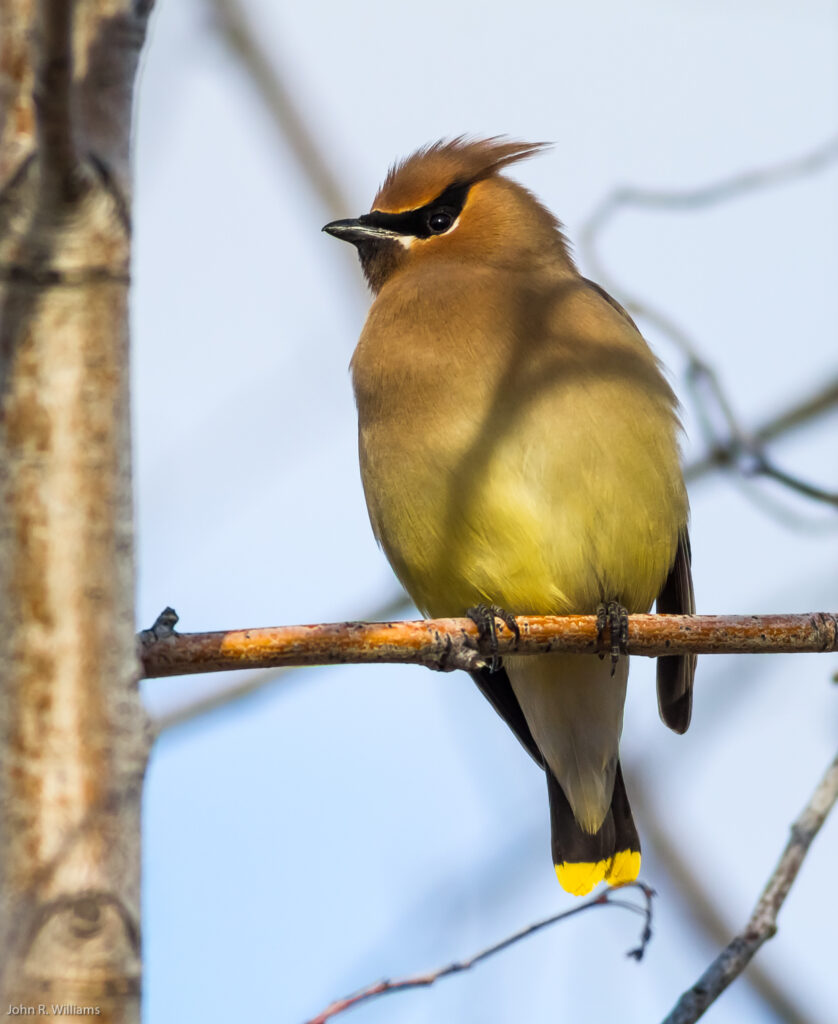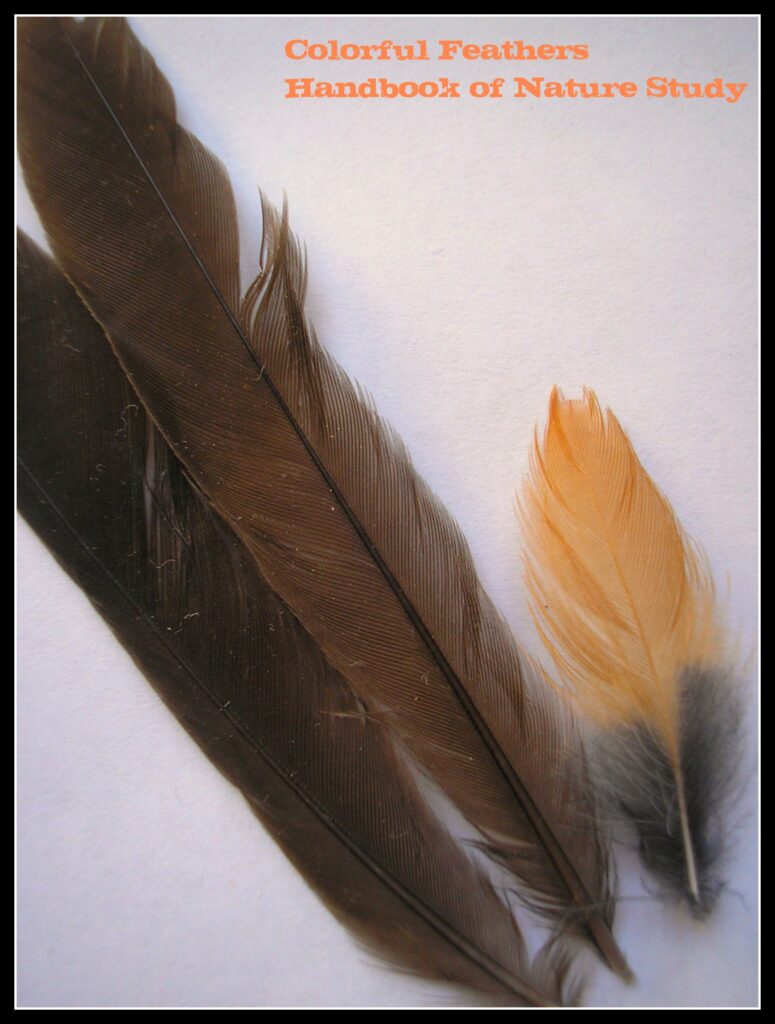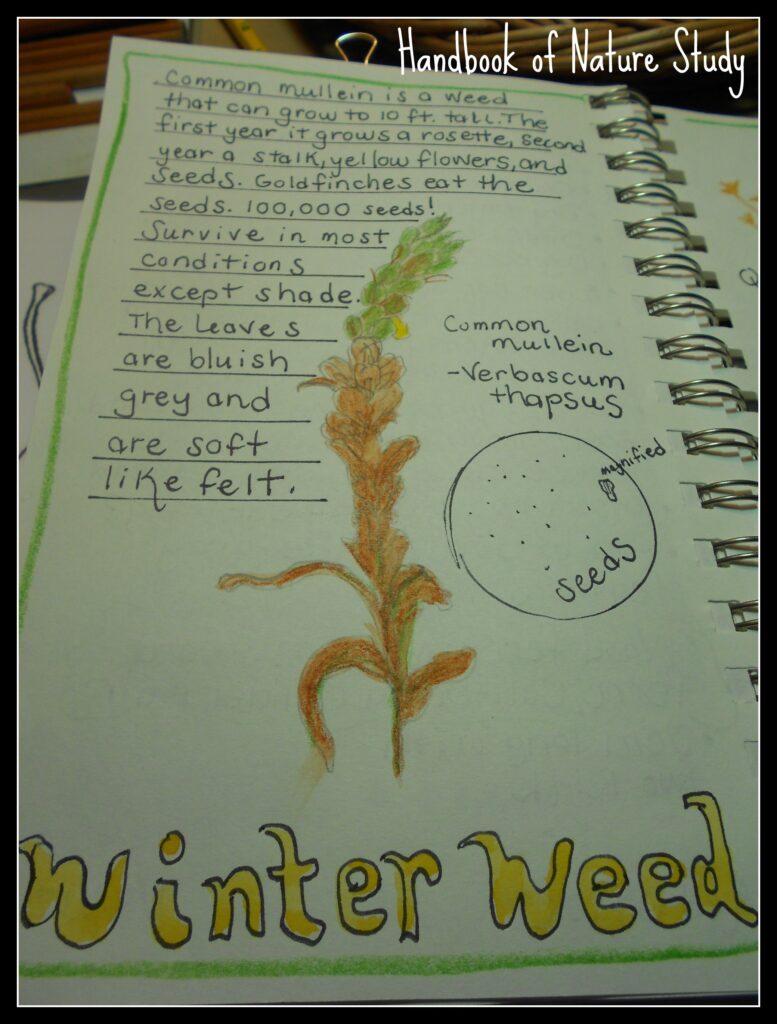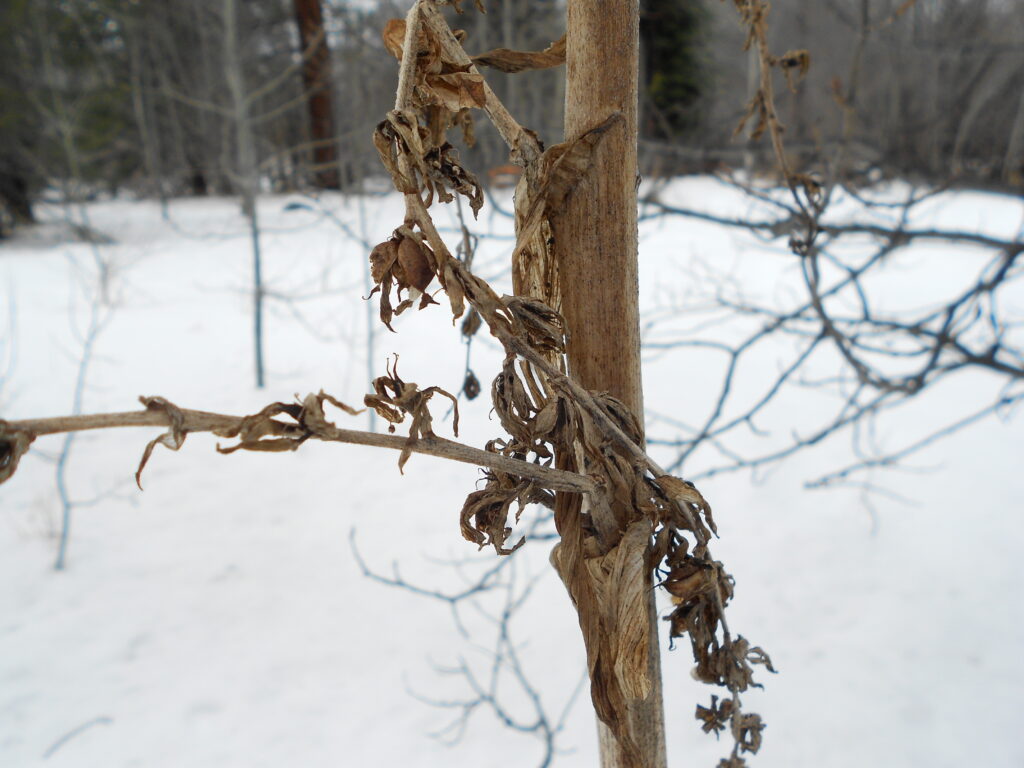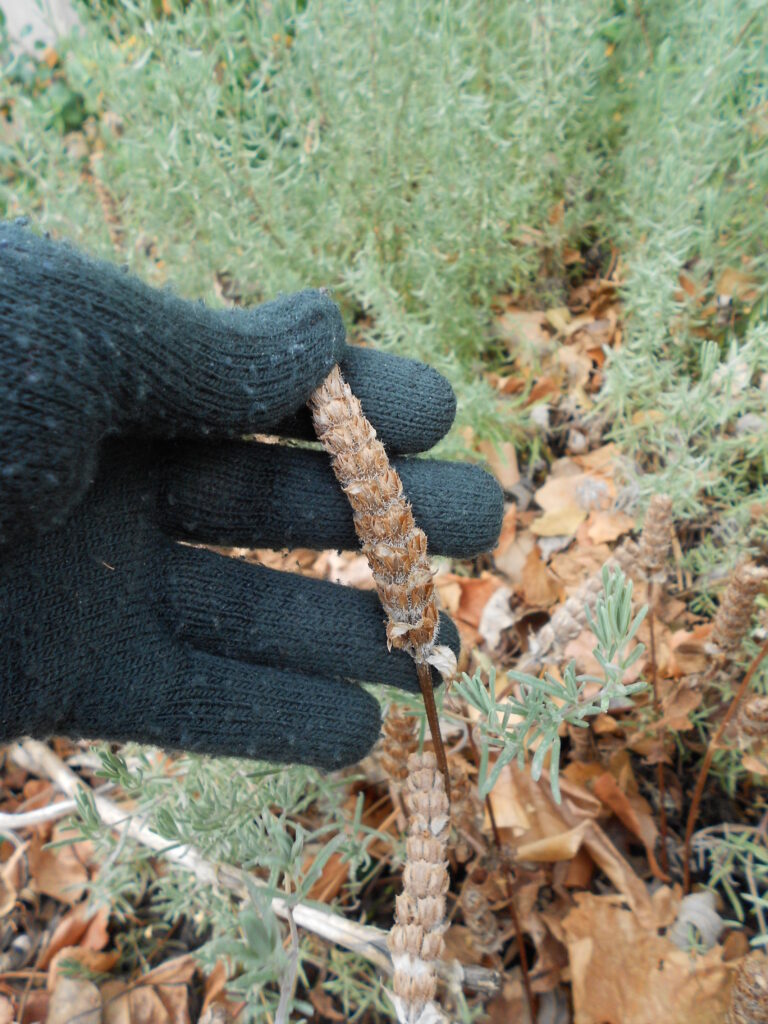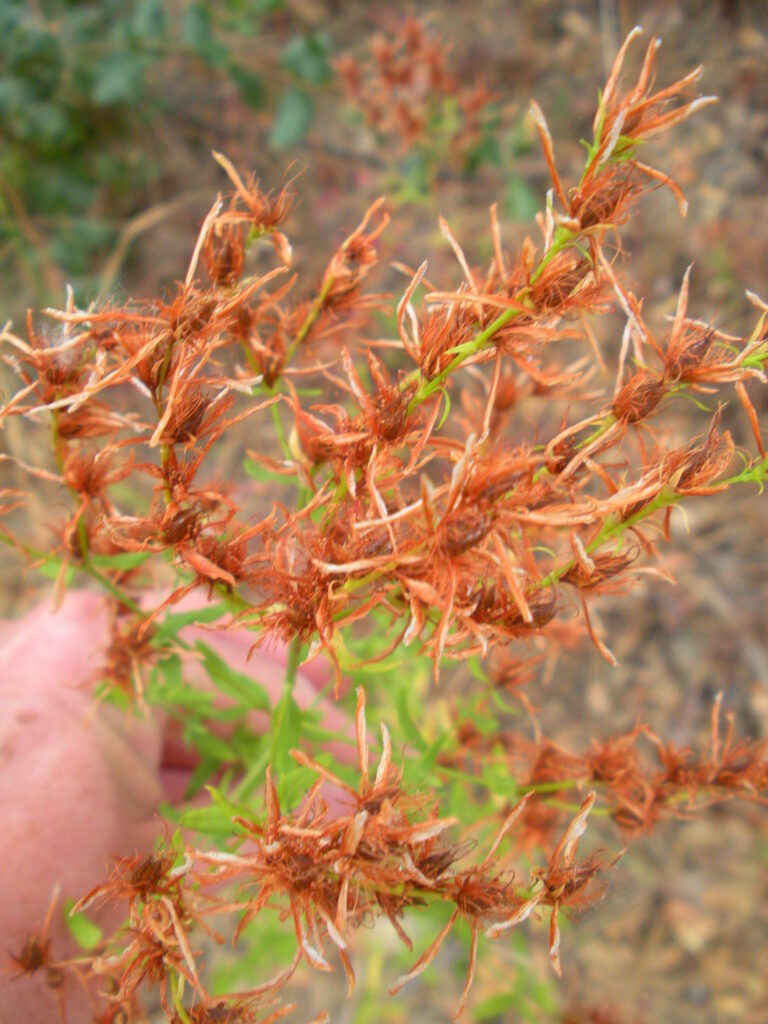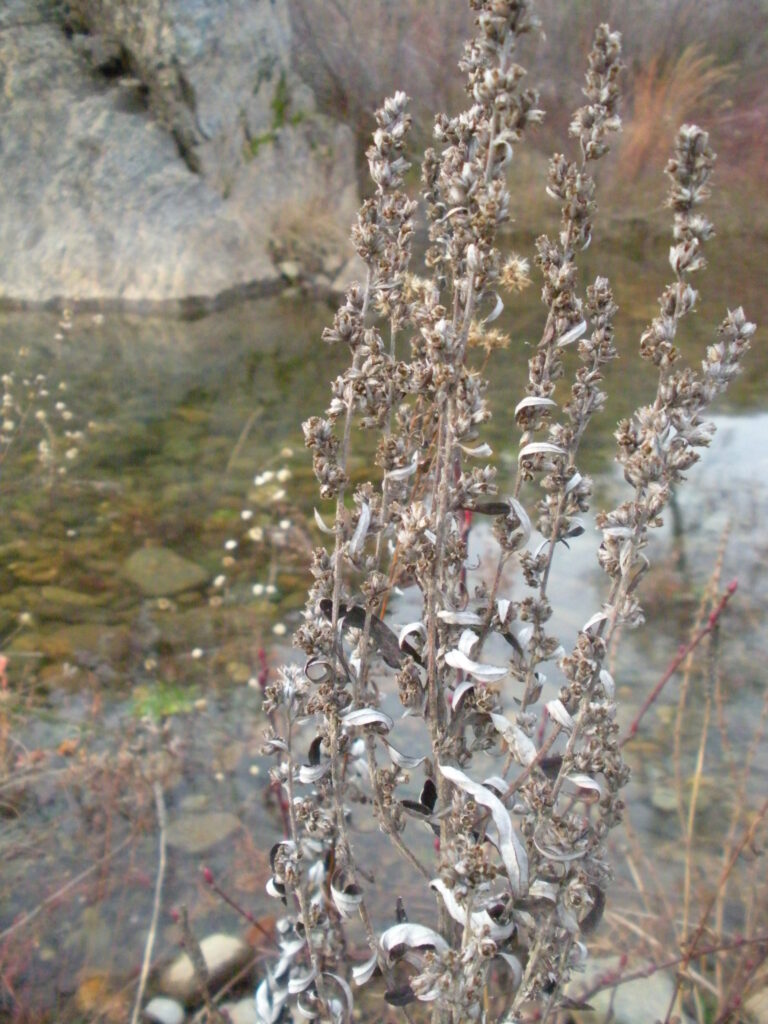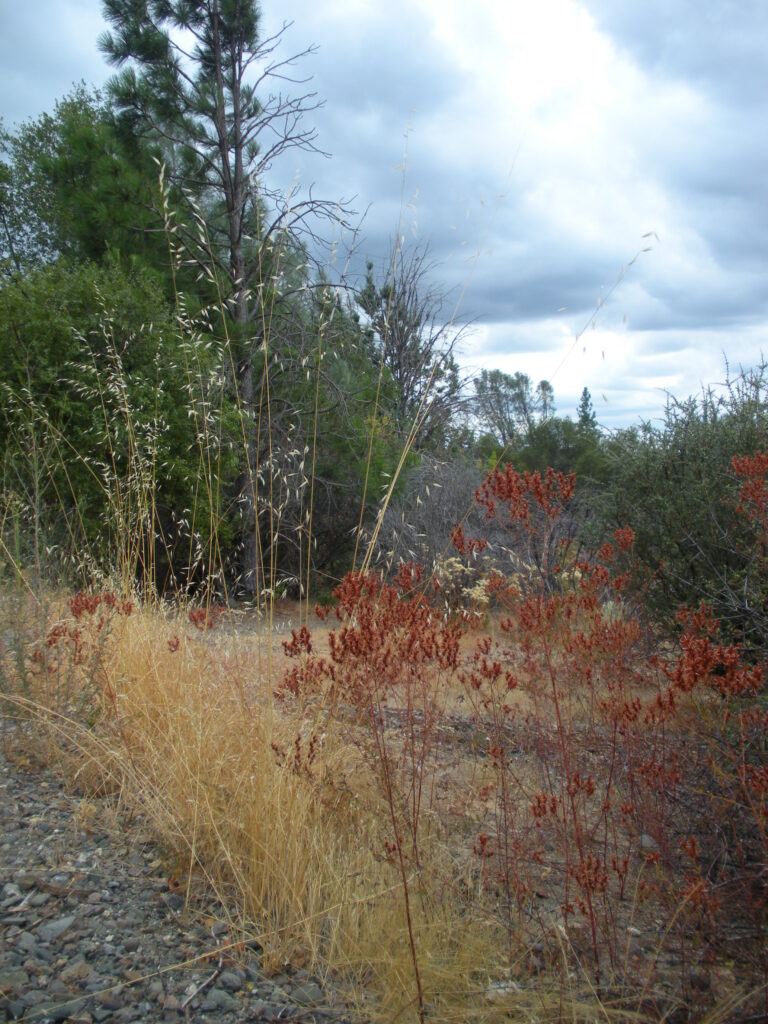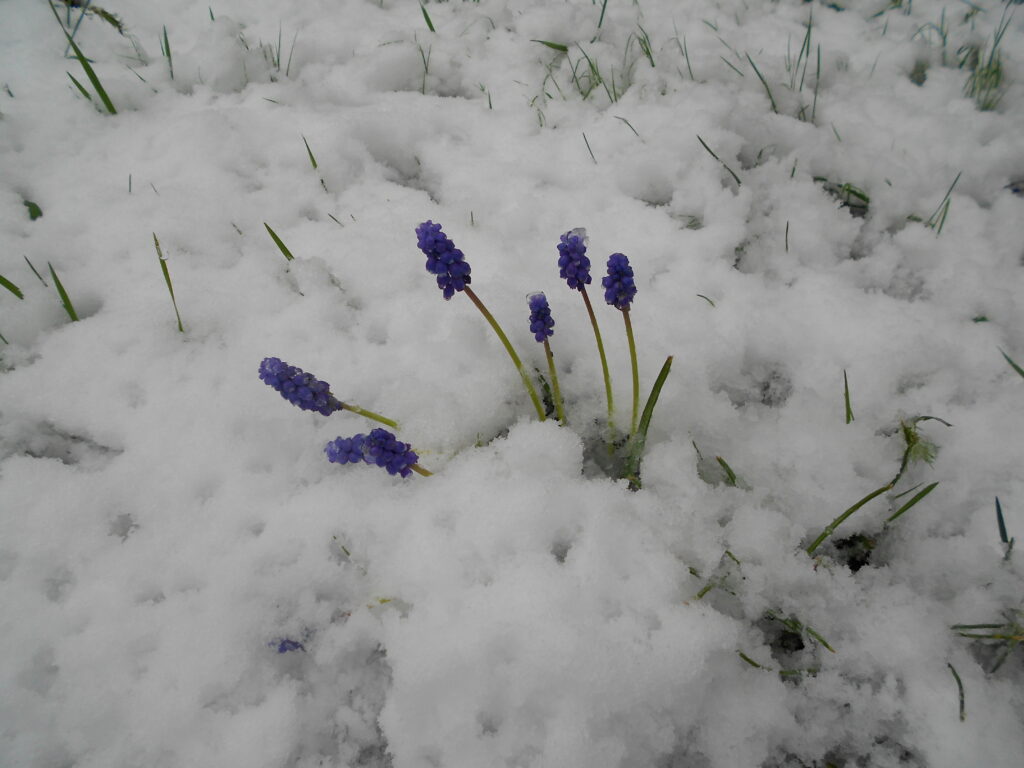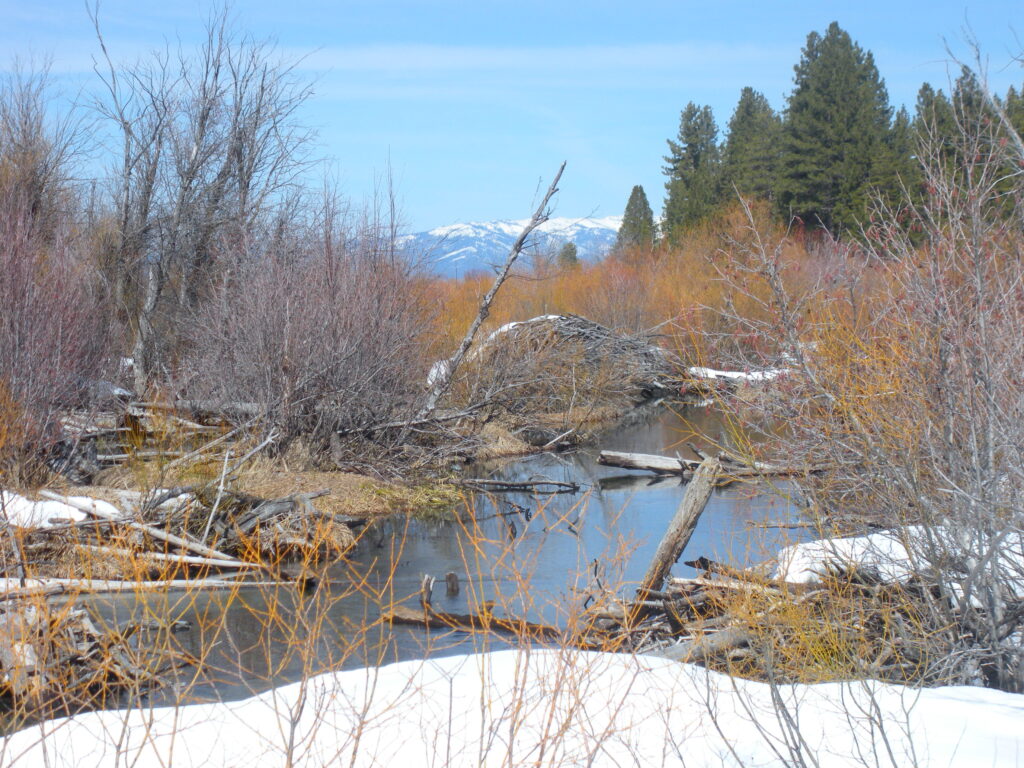I wanted to share some more of the photos from our trip to the desert that we took a few weeks ago. The photo above is from Joshua Tree National Park. The scene is typical of what you will find as you hike along the trails of the park. It has taken me three trips to the desert to begin to develop a love for the animals and plants that live here. In this strange and wonderful landscape, you can find the most beautiful of things if you look carefully enough.
There really are blooming plants here and if you get the chance to get up close, you realize that there are bees and other insects as well as birds that are attracted to the color and fragrance.
I will admit that there are sections of the park that are more rock than anything else. My two boys couldn’t resist a good climb when they saw it.
When you get up close you see all the intricate patterns and designs of the desert plants. I believe this is some kind of cholla cactus.
Now here was something that surprised me and I examined it carefully for some time. Can you see all the different colors of lichen on this rock? There is a moss green, a grey-green, an orange and a soft yellow-green all living right here on the side of this rock. Beautiful.
Many times as we hike along we name the rock formations we see. The boys named this one “Whale Head”.
Not to be confused with “Whale’s Mouth”.
They keep me smiling…..and thinking.
We came across a wash on our hike and the wildflowers were already blooming. There are three different flowers blooming in this photo…two white and the desert sand verbena.
How about a video? (Why does it take so looooong for the videos to load onto Blogger anyway?)
This squirrel was entertaining us with his acrobatics…trying to get that certain pod to eat.
Here is what the squirrel was gathering to eat. This is a palo verde tree.
I took a lot of photos at the Living Desert Museum and I shared a lot of the butterfly and hummingbird photos already but here are a few more of the larger animals we saw that the boys spent a lot of time observing.
The giraffes…there were four of them.
The cheetahs..there were two of them. I love this photo….look at that face!
For some reason I threw our nature journals in my backpack and we took the opportunity in the afternoon to slow down and do some sketching at the museum. It was a great way to remember our time there.
It was great way to end our stay at the museum. The desert holds so many interesting and surprising creations for us to learn about….a life time of learning just one plant and one bird and one animal at a time.
So whether you venture out in the national park or you stay in town and visit the Living Desert Museum….there is so much to enjoy as a family. Pick your adventure.























